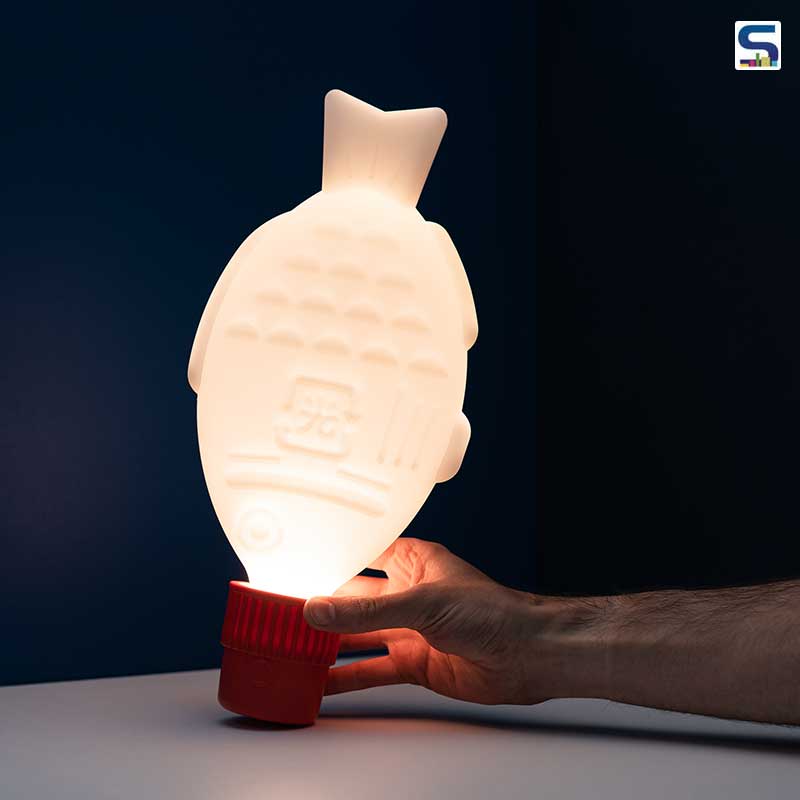
Inspired by the fish-shaped soy sauce packets which are served with sushi in many sushi shops around the world, designers Jeffrey Simpson and Angus Ware of Heliograf launched a range of LED lamps shaped like these packets. Over 8 million ton of plastic, which is equivalent to 57,000 blue whales, enters the ocean every year. Nearly 20 rivers account for over 67 per cent of global annual plastic inputs into the oceans. Amid all this, the packaging alone is responsible for almost half of the global plastic production.
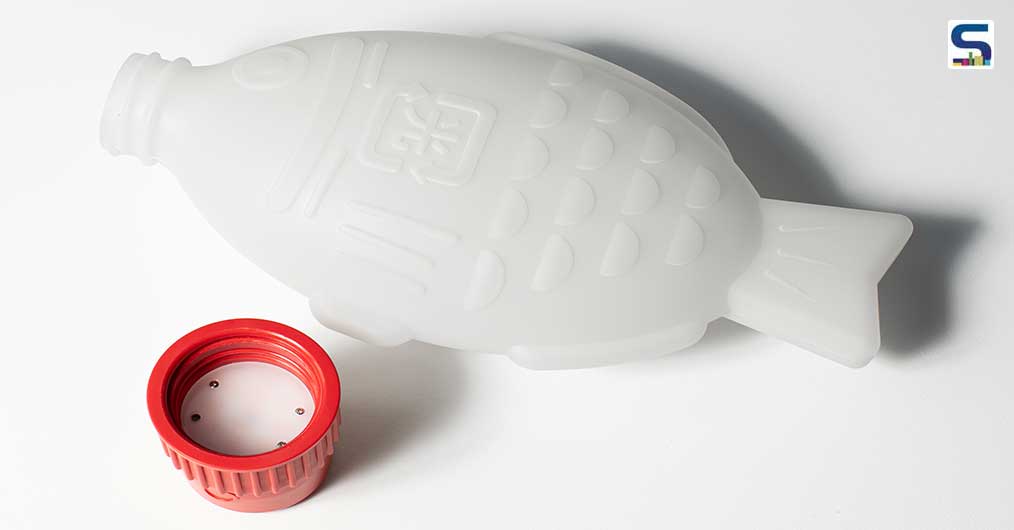
The Australian design studio launched a new recycled edition of their award-winning Light Soy lamps – a design-led solution – to highlight the damaging effect of single-use plastic that is destined to clog landfills. The idea incepted when the designer duo was shocked by how many of the disposable, soy sauce packets they had used while eating sushi. Thus with an aim to create ‘something that will be treasured and not trashed,’ the designers created a USB-C rechargeable table lamp with touch-controlled dimming and aluminium base, and main-powered pendant light with a bespoke aluminium ceiling canopy.
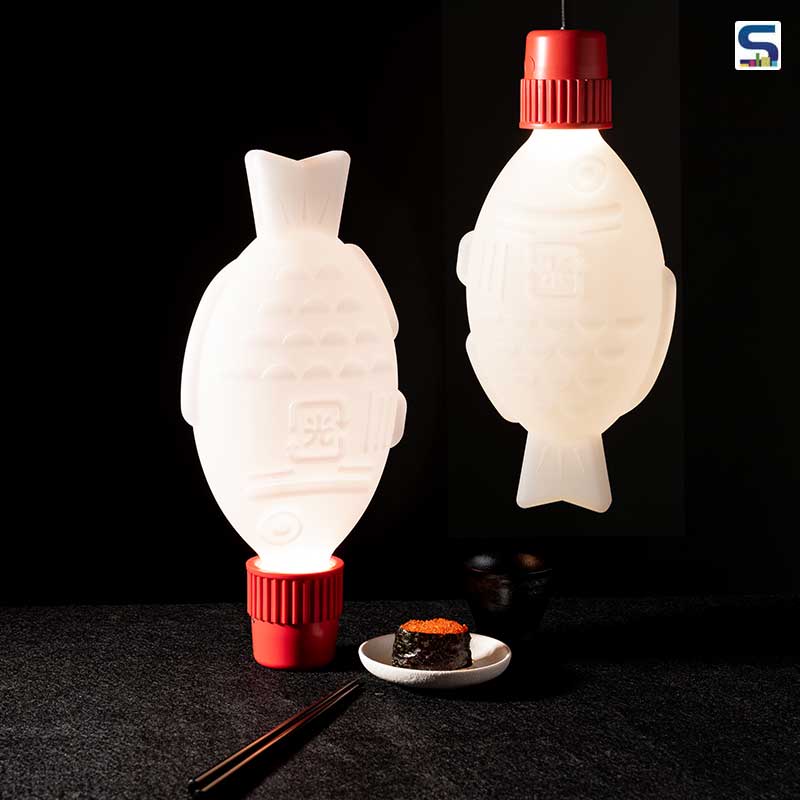
The ocean-bound plastic used to make Light Soy is collected in coastal regions of South East Asia that are a major source of ocean plastic pollution. By funding collection and management of plastic waste by the community in those regions, and showing that the material collected is a valuable resource for designers, Heliograf decided to make a difference where it’s needed most.
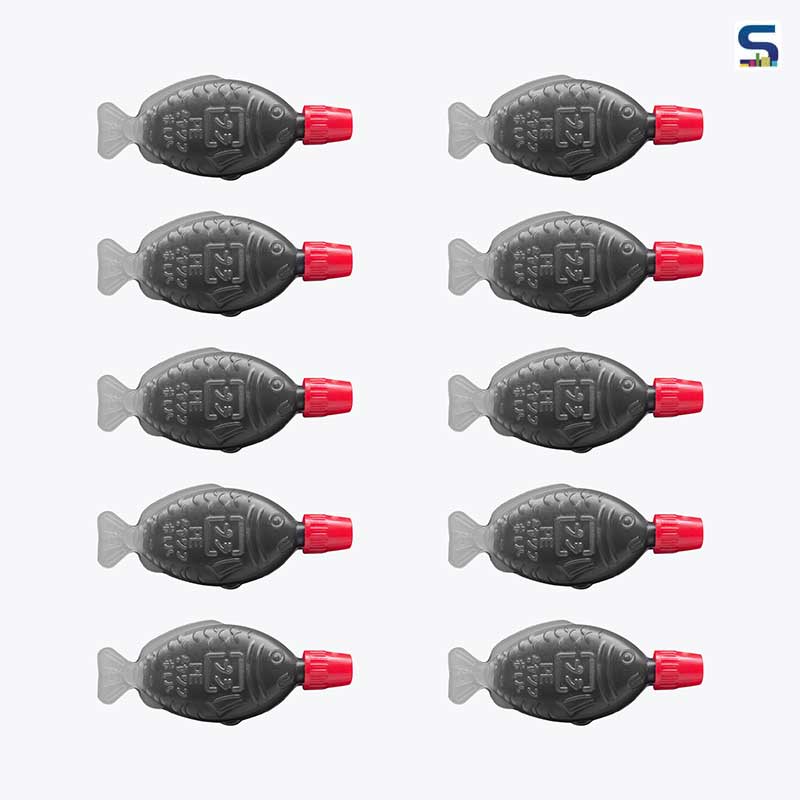
Although the soy sauce packets are made of recyclable plastic, polyethylene, the packets are so small they cause problems with recycling machines. To go through the machines properly, they need to be put into a larger container made of the same plastic, leaving them not recycled often. This plastic is later flushed into rivers and carried into the ocean. The ocean waves slowly break the plastic into smaller pieces until they become microscopic particles that enter our food and water supplies. Additionally, it tragically affects birds and marine life as these packets look like their food (smaller fishes).
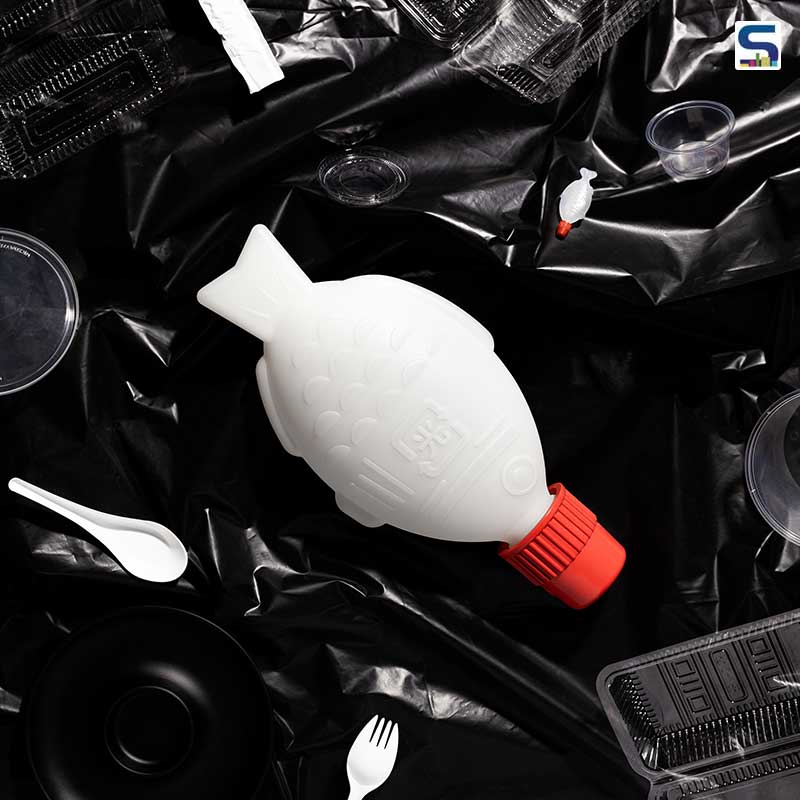
The studio aims to change this by ‘skipping the little fish.’ The duo realized that plastic is an amazing material when used sensibly. With three R of sustainability, reuse, recycle and rethink, the studio launched Light Soy lamps that are made with over 75 per cent ocean-bound plastic collected in areas that are the source of ocean pollution and up-cycled into a beautiful design object.
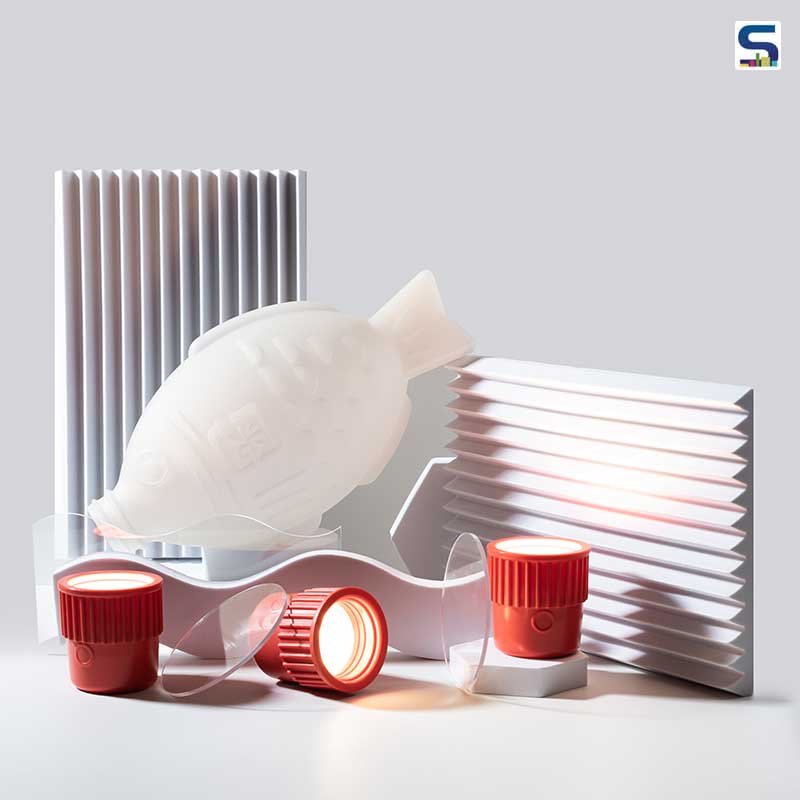
Both the lamps (luxe and pendant) are crafted from durable, recyclable materials such as a blown lab-quality borosilicate glass shade, acid-etched to a frosted finish that resembles the plastic original, and a built-in 3000 K energy-efficient dimmable LED. Of the three years to design and develop these premium glass lamps, two years were spent perfecting the glass-blowing process.

The studio highlights the benefits of the recycled materials, such as lower energy use in production, and increased durability allowing for slimmer packaging. Heliograf also collaborated with industrial design studio Vert Design in Sydney to develop a high-quality product with a small footprint. Its modular design allows for easy repair, refurbishment and replacement, to maximise product life and minimise waste, and the decision not to supply a USB power adaptor encourages the reuse of e-waste. Heliograf has also made use of cardboard and biodegradable semi-wet press bagasse sugarcane fibre for packaging. Its integrated cotton handle facilitates carrying the lamps home without the use of a plastic bag.
Photographs: Daniel Herrmann-Zoll; courtesy: Heliograf